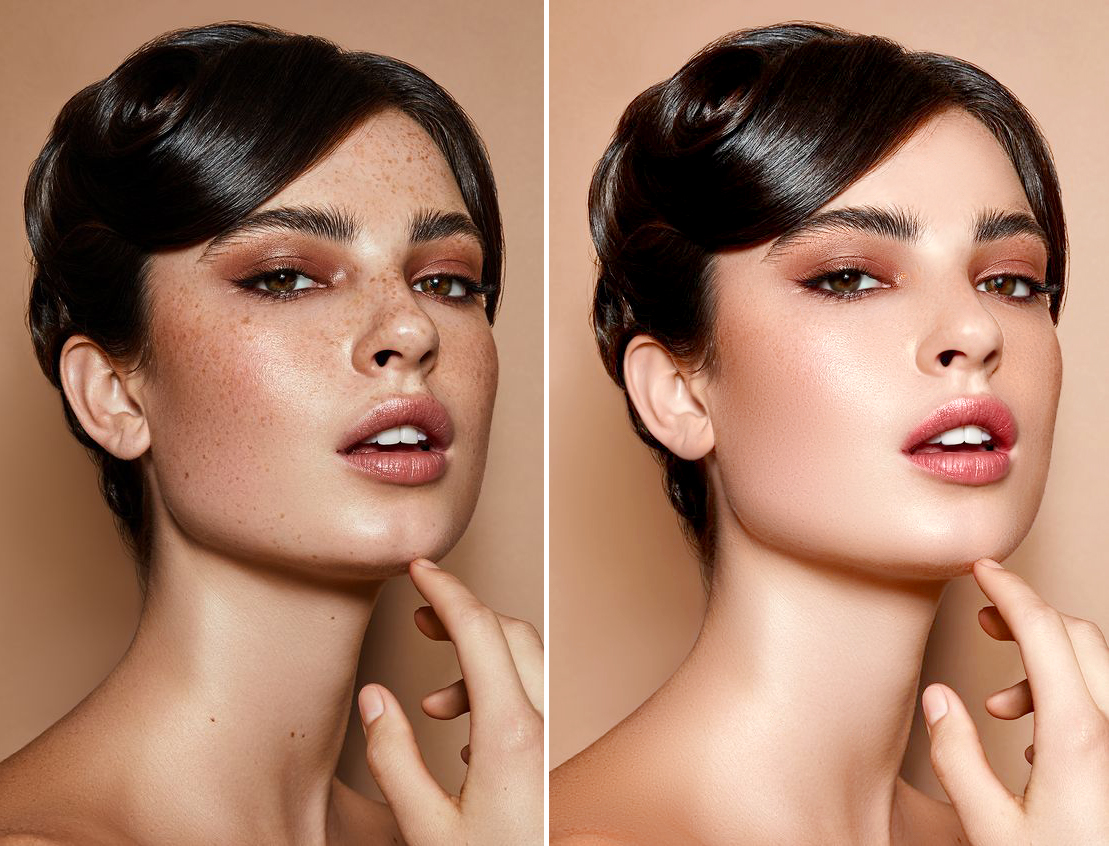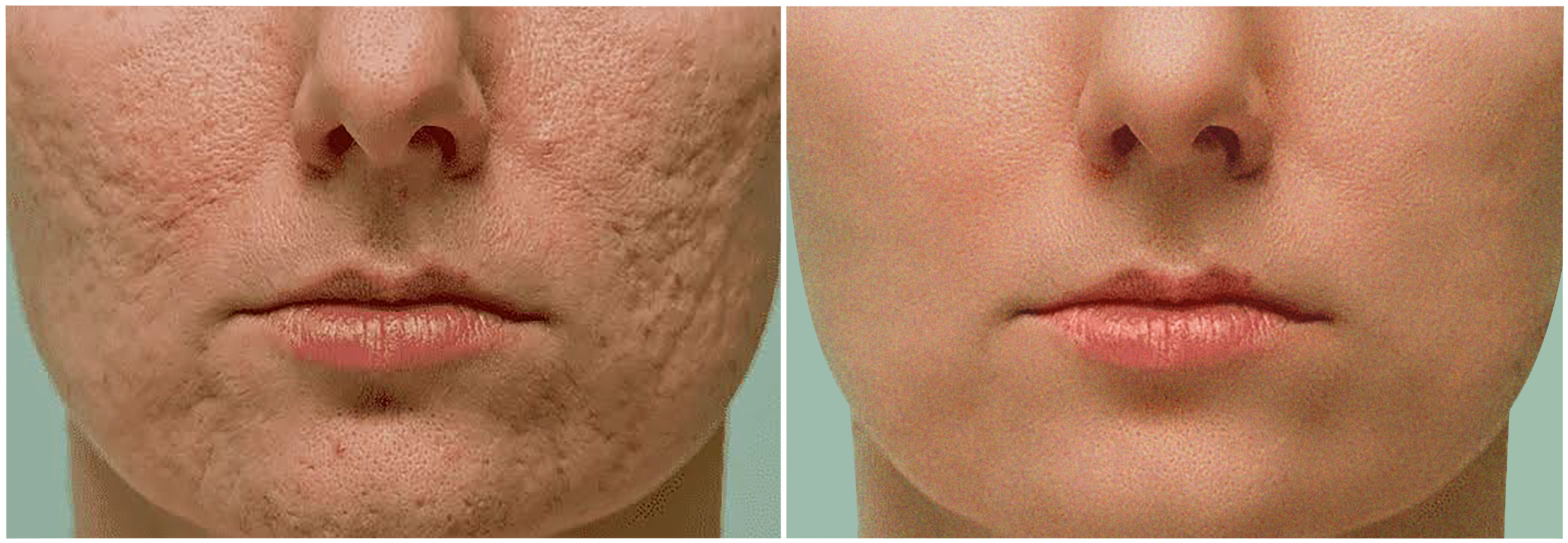Portrait photo editing is a process of improving the overall quality and appeal of a portrait photo. The purpose of portrait photo editing is to make the subject look their best while still retaining the natural appearance of the photo.
Some common techniques used in portrait photo editing include color correction, skin retouching, removing blemishes, and adjusting the lighting and exposure.
Color correction is used to adjust the color temperature and balance of the photo to enhance the natural skin tones and create a more visually pleasing image. This can involve adjusting the white balance, saturation, and hue of the photo.


Skin retouching is used to smooth out any imperfections in the subject’s skin, such as blemishes or wrinkles, while still maintaining a natural appearance. This technique involves removing imperfections and softening the skin to create a more even and polished look.
Skin retouching is used to smooth out any imperfections in the subject’s skin, such as blemishes or wrinkles, while still maintaining a natural appearance. This technique involves removing imperfections and softening the skin to create a more even and polished look.


Removing blemishes is another important aspect of portrait photo editing. This involves removing any marks, scars, or other imperfections on the subject’s skin that may be distracting or unappealing.
Adjusting the lighting and exposure is also important in portrait photo editing. This can involve brightening or darkening certain areas of the photo, adjusting the contrast and shadows, and enhancing the overall appearance of the subject.
In summary, portrait photo editing is an essential step in enhancing the quality of a portrait photo. By using techniques such as color correction, skin retouching, removing blemishes, and adjusting the lighting and exposure, you can create a stunning and visually appealing portrait that captures the subject’s natural beauty.